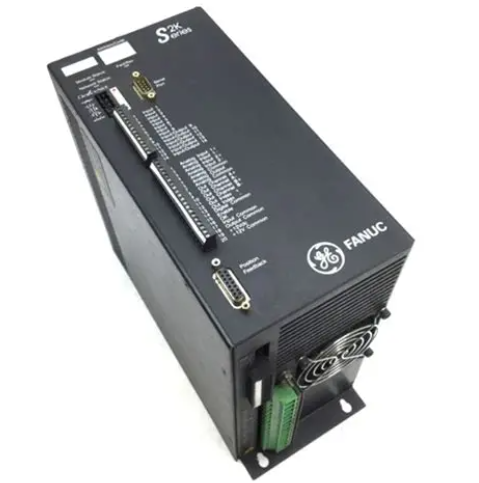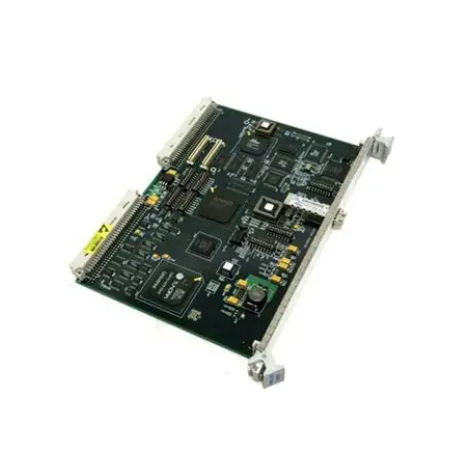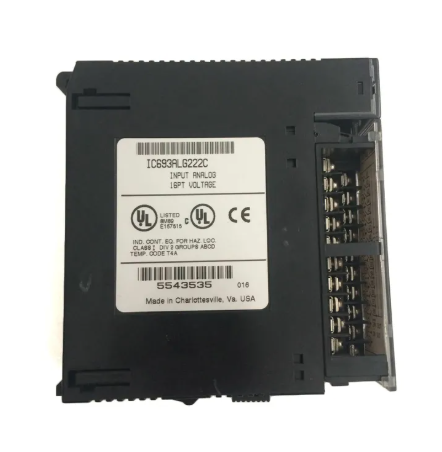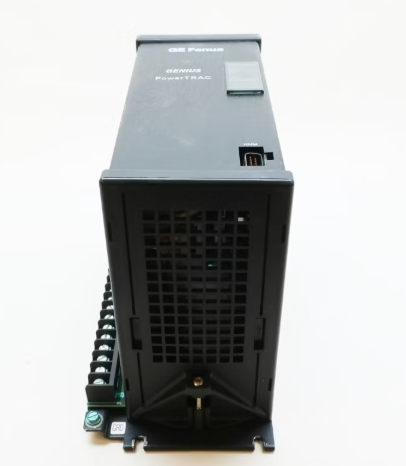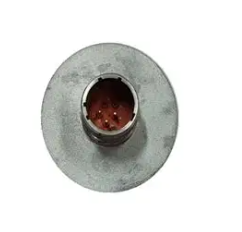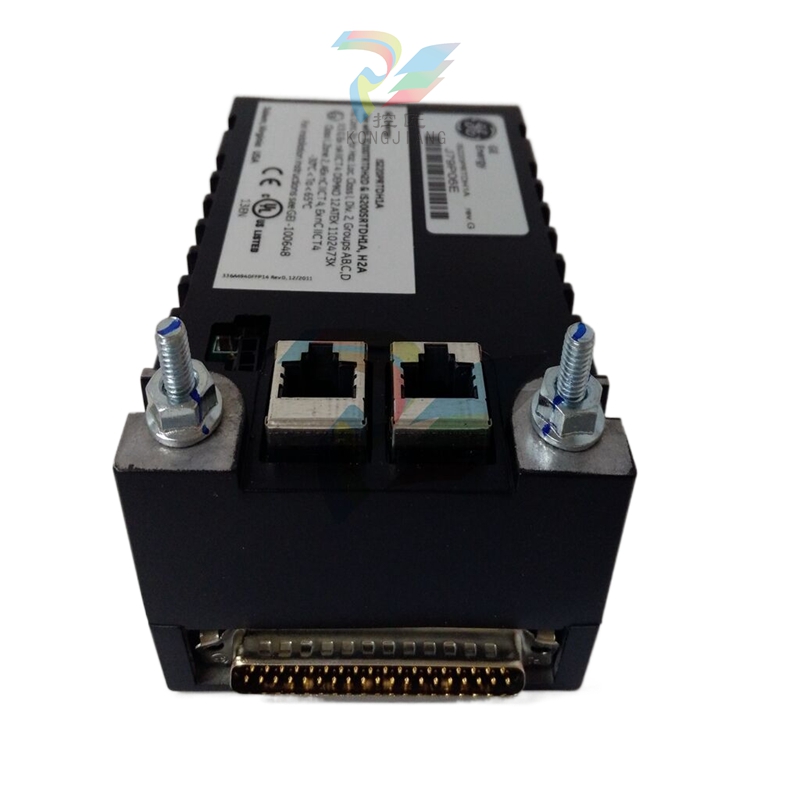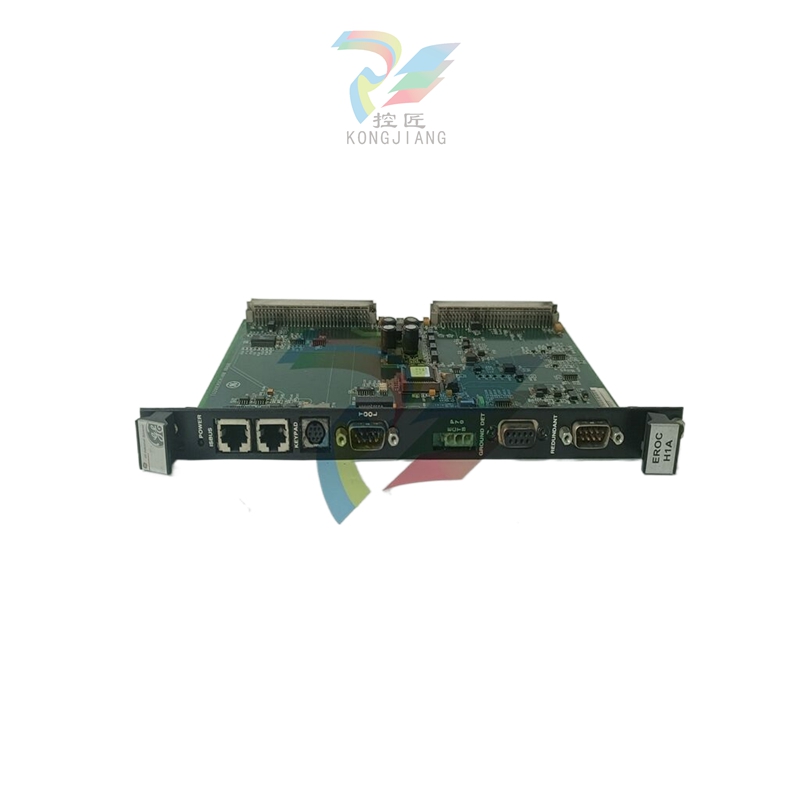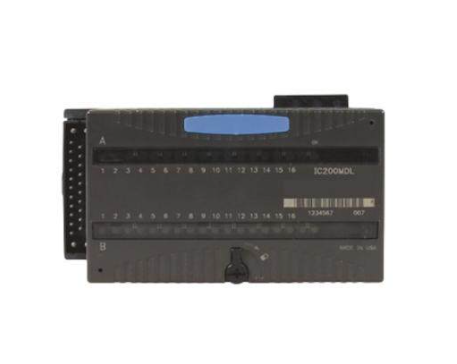Viscose staple fiber: The turning point of prosperity is coming, and the industry is expected to usher in a rise in volume and price
1, viscose staple fiber basic introduction
Viscose staple fiber is a regenerated fiber of natural cellulose. It is based on natural cellulose (pulp) as the basic raw material, through the alkalization, aging, sulfonation and other processes to make soluble cellulose sulfonate, then dissolved in dilute lye to make adhesive, by wet spinning and made of.
The characteristics of viscose staple fiber are similar to cotton, also known as artificial cotton. Among the main spinning fibers, the moisture content of viscose fiber is most in line with the physiological requirements of human skin, with smooth and cool, breathable, antistatic, colorful dyeing and other advantages, both the comfort of natural fibers and the functionality of synthetic fibers, often blended with cotton, wool or various fibers, interwoven, used in all kinds of clothing and decorative textiles. In recent years, with the upgrading of viscose staple fiber's own products and the improvement of downstream textile technology, the characteristics of viscose staple fiber "better than cotton" have become more obvious, and it is widely used in high-end clothing. In 2020, viscose staple fiber will account for 7% of China's total chemical fiber production, which is one of the three major cotton spinning raw materials along with cotton and polyester staple fiber.
Viscose staple fiber, as an important raw material in China's textile industry, is in the middle of the industrial chain. Upstream main raw materials include dissolved pulp made from wood chips, cotton pulp and bamboo pulp, etc. Downstream products mainly include rayon yarn, blended yarn and nonwoven fabric, mainly used in clothing, bedding, dust cover, wet face towel, diaper and other consumer fields. The chemical composition of viscose staple fiber raw materials and finished products is cellulose fiber, only the shape, structure and physical and mechanical properties have changed.
Viscose staple fiber production is to make short fiber dimensions in pulp into fiber products suitable for various uses through chemical and mechanical methods. The production process is divided into two stages: one is the glue making process, that is, the preparation of viscose and preparation before spinning; The second is the spinning process, that is, the molding and post-processing of the fiber. According to the different structure and properties, viscose staple fiber can be divided into viscose cotton type staple fiber and viscose wool type staple fiber. Viscose cotton type staple fiber can be blended with cotton to make muslin, valitin, gabardine, etc. Viscose wool type staple fiber can be pure spun or blended with wool to make tweed, overcoat and so on.
2, downstream demand continues to recover, the price spread cycle ushered in an inflection point

Downstream demand continued to recover, and viscose staple fiber inventories remained low
Viscose staple fiber downstream is mainly used in spinning and nonwovens (nonwovens) two categories. In 2020, the apparent consumption of China's viscose staple fiber industry is about 3.3 million tons, of which about 83% is applied to the field of yarn and about 17% is applied to the field of non-woven fabrics. Spun spun rayon yarn is the main source of demand for viscose staple fiber, its use is very wide, can be used as woven yarn, such as bed sheet, quilt cover, curtain and other home textile series; It can also be used as knitting yarn, especially the combed yarn in spun rayon yarn can be used to produce textiles with higher quality requirements, such as high-grade undershirts, fine poplin, etc. It can also produce special industrial cloth, thread, etc. In addition, the proportion of viscose staple fiber in the non-woven industry has increased year by year, from 5% in 2018 to 17% in 2020; Compared with 2019, the consumption of viscose staple fiber for non-woven fabrics in 2020 has increased by about 44%. The non-woven field has higher requirements for the whiteness index of viscose fiber, usually called "high white viscose fiber", due to performance constraints, its products are used in spunlaced non-woven industry.
The novel coronavirus outbreak has stimulated the demand for protective materials, the price of non-woven viscose staple fiber has risen, and traditional spinning is still the demand support. Affected by the epidemic, the demand for non-woven viscose staple fiber has increased significantly in the first half of 2020, and as of April 26, 2020, the domestic non-woven viscose staple fiber and rayon staple fiber for spinning have expanded to 3,800 yuan/ton. Before the epidemic, the domestic production of non-woven viscose staple fiber enterprises mainly include Lanjing, Sateri and Tangshan three friends; After the epidemic, the number of non-woven viscose staple fiber manufacturers has increased rapidly to 9, including Yamei, Aoyang, Bora, Zhongtai and Silya and other enterprises have been put into production, and the price difference between textile and non-woven viscose staple fiber has narrowed again due to a substantial increase in supply. After the second half of 2020, the domestic epidemic has improved, and the demand in the traditional spinning field has gradually increased, becoming the main driving force to support the demand for viscose staple fiber.
Downstream demand improved, viscose staple fiber inventory remained low. At the beginning of 2020, the outbreak of the new coronavirus epidemic caused the production and sales of the traditional textile and clothing industry to be blocked. The downstream of viscose staple fiber is mainly rayon yarn in the traditional textile field, and the weak demand at the end of the industry chain leads to the difficulty of viscose staple fiber consumption and export. In March 2020, the apparent consumption of viscose staple fiber decreased by 20.5% year-on-year; In May of the same year, the overseas epidemic worsened, and the export volume of viscose staple fiber was only 15,880 tons, a significant decrease of 64.5%. Even if enterprises choose to reduce the load to cope with the pressure, the inventory of viscose staple fiber products is still high, and in mid-2020, the viscose inventory has been maintained at about 50 days, which is at a historically high level.
After the second half of 2020, with the gradual control of public health events in China, domestic textile orders have taken the lead in recovering, the loom load rate has continued to rise, driving the enthusiasm of yarn mills for viscose staple fiber procurement, and the apparent consumption of viscose staple fiber has grown steadily, while the viscose staple fiber industry is still willing to start construction in the same period, and the industry destocking trend is obvious. With the opening of the "gold nine silver ten" market, China's loom continues to raise negative and break new highs, and the downstream market gradually releases order signals. As of April 2, 2021, the stock of viscose staple fiber was about 14 days, which was significantly lower than the level of the same period last year.
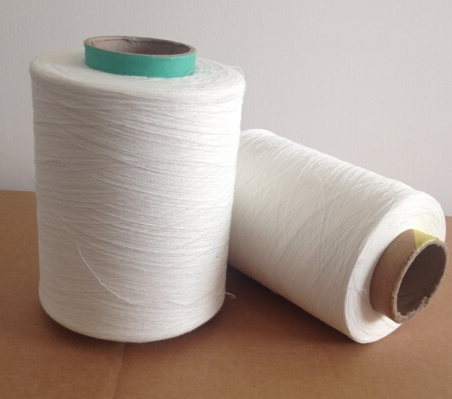
The dependence of upstream dissolved pulp imports is high, the market supply is tight, and the price is picking up slightly
The cost of viscose staple fiber is mainly composed of raw material cost and processing cost. The raw material cost includes liquid alkali, sulfuric acid and dissolved pulp, etc., and the processing cost includes labor cost and power cost. Among them, the cost of dissolved pulp in raw materials accounts for 60% of the total cost, which plays a decisive role in the cost of viscose staple fiber. Dissolved pulp usually refers to dissolved wood pulp, which has a high cellulose content, good solubility, and low impurity content. In addition to dissolved pulp, cotton pulp pulp, bamboo pulp pulp, etc. are also the main raw materials for the preparation of viscose staple fiber, because the production of cotton pulp will produce strong pollution "black liquor" in the preparation process, its output has decreased significantly in recent years.
The import dependence of dissolved pulp is high and the market supply is tight. In 2019, China's dissolved pulp production was about 1.58 million tons, accounting for 21% of global production; Apparent consumption was 4.64 million tons, accounting for 61.9% of global production; The import volume is 3.06 million tons, which has been in a steady growth trend since 2014, and the dependence on dissolved pulp imports has been increasing, reaching 65%. Since 2017, the overall production of dissolved pulp in China has remained stable, the apparent consumption has continued to increase slightly, and the gap between domestic supply and demand is basically made up by imports. In addition, cotton production reduction and production pollution will reduce the supply of cotton short wool, and the consumption of dissolved pulp will further increase in the future, and the market supply will be tight.
The price of dissolved pulp recovered slightly, providing cost support for viscose staple fiber. Since 2019, the inner price of dissolved pulp has been in a state of slight decline, and as of October 15, 2020, the price of dissolved pulp fell to 5,300 yuan/ton. Then bottomed out and rebounded, as of April 2, 2021, the dissolved pulp price rose to 8,700 yuan/ton, reaching a historical high level in nearly five years, providing a strong cost support for the rebound in viscose staple fiber prices.
The main reason for the price fluctuation of viscose staple fiber is the demand of downstream spinning and clothing. At the beginning of the outbreak of the epidemic, the serious imbalance between supply and demand in the industrial chain pushed the price of viscose staple fiber to continue to fall, and the price of dissolved pulp remained stable as a whole. By August 2020, the price difference between viscose staple fiber and dissolved pulp had widened to 2,800 yuan/ton, which was at a historical low. In addition to a few Longtou rely on high-end production and low-cost advantages to achieve profit, the industry gross profit is roughly estimated at -3000 yuan/ton left and right, in the stage of deep losses. In the second half of 2020, the trend of spinning orders picked up, the improvement of supply and demand promoted the stable price of viscose staple fiber, and the major manufacturers ushered in the price adjustment cycle, the industry profitability improved, and the price spread cycle ushered in an inflection point.
The price difference between viscose staple fiber and cotton continues to widen, and the substitution effect accelerates the recovery of the industry
Viscose staple fiber and cotton substitute each other. Viscose staple fiber and cotton performance is relatively close, both belong to fibrin fiber, have good moisture absorption, good air permeability, easy to dye, skin comfort, easy to degrade and other characteristics, upstream are from natural fibers, downstream application field overlap rate is high. The general cotton spinning equipment can spin viscose fiber after small process adjustment, which is the most similar fiber of cotton spinning process. Therefore, the two are strong substitutes for each other. With economic development and consumption upgrading, the market's pursuit of functional, differentiated, fashionable products is becoming more and more enthusiastic, viscose staple fiber can meet the above needs through physical and chemical modification, and actively replace part of the cotton application market. Affected by the cost of leasing land and labor cost, the cost of cotton is often higher than that of viscose staple fiber, which has a strong price competitive advantage.
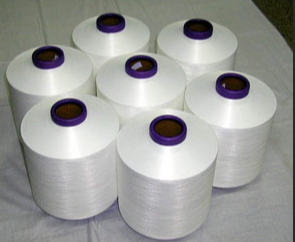
Cotton prices are expected to rise, the substitution effect to help the viscose industry pick up. From 2016 to 2019, China's cotton production as a whole is relatively stable, apparent consumption shows a slow growth trend, cotton imports are increasing year by year, and there is a gap between cotton supply and demand in China. In 2020, China's cotton production is about 5.8 million tons, and the demand is expected to be about 7.9 million tons in 2021, and the gap between domestic cotton supply and demand will be further expanded. Coupled with the end of 2020 cotton flower inventory of about 3.1 million tons, close to the historical bottom level, cotton prices still have room to rise significantly, we believe that the replacement effect of low-price products will be a positive factor driving the viscose staple fiber industry to pick up.
The industry boom is rising, and the viscose-cotton price difference is first wide and then narrow. Since the beginning of April 2020, with the gradual control of the domestic epidemic, the downstream demand for textile clothing has gradually recovered, and cotton prices have taken the lead in picking up, but the price of viscose staple fiber is still at a low level, and the price difference with cotton has continued to widen. After entering 2021, the price of viscose staple fiber is still rising rapidly due to the popularity of downstream orders, and the price of cotton is not as fast as that of viscose staple fiber, and the price difference between viscose and cotton is rapidly reduced from 3963 yuan/ton at the end of 2020 to 636 yuan/ton on March 5, 2021. From the historical data, cotton and viscose staple fiber show the same price trend, and the price fluctuation of viscose staple fiber is more severe, the boom degree upward cycle from the second half of 2016 to the first half of 2017, viscose staple fiber once exceeded the price of cotton to 17,200 yuan/ton. After entering 2021, the chemical fiber boom went up again, and with the price rise and the price difference narrowed, viscose staple fiber exceeded the cotton price again from March 26 to 28, reaching 15,300 yuan/ton, and as of April 2, 2021, the cotton-viscose price difference was only 48 yuan/ton.
3, capacity expansion is coming to an end, supply ushered in marginal improvement
Capacity expansion is nearing an end, and the industry's self-sufficiency rate is sufficient
New production capacity is limited, and industry expansion is slowing down. From 2015 to 2017, the viscose staple fiber industry was in an upward cycle, and viscose staple fiber enterprises expanded their production. In 2018, a total of 1 million tons of domestic production capacity was completed and put into operation, with a year-on-year increase of 17.23%. Subsequently, the market began to enter the phase of digesting new production capacity, the industry boom was down, and the new production capacity was limited. In 2020, the nominal capacity of the viscose staple fiber industry is 5 million tons, an increase of 2% year-on-year, and the new capacity is only 290,000 tons, which are 250,000 tons of Sateri and 40,000 tons of clean and high white viscose staple fiber production capacity of Xinjiang Zhongtai Textile Group Korla Fiber Company, a subsidiary of Zhongtai Chemical. Affected by the epidemic, the operating rate of viscose staple fiber once dropped to 60% in mid-2020, the annual output fell 5% year-on-year, and the capacity utilization rate was 73.5%. Excluding Hengtian Hailong, Chengdu Liya and other production capacity, the effective production capacity of the industry is 4.51 million tons, compared with 2019, the effective production capacity of the industry in 2020 has decreased slightly by about 60,000 tons, and the stage of substantial expansion of the industry is nearing the end.
The import and export dependence of viscose staple fiber is small, and the self-sufficiency rate is sufficient. In 2019, China's viscose imports were 226,900 tons, and in 2020, affected by the epidemic situation at home and abroad, China's viscose staple fiber imports were about 163,000 tons, down 28% year-on-year. In 2020, the import volume of viscose staple fiber accounted for about 4.9% of the apparent consumption, the export volume accounted for about 8% of the total production capacity, the import and export dependence is low, and the self-production and self-marketing rate is sufficient. At present, the main source countries of viscose staple fiber imports include Austria, the United Kingdom, India, Thailand, Japan and other places.
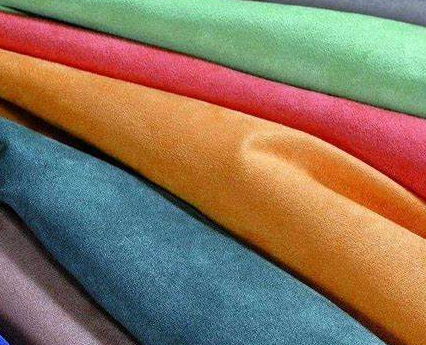
The supply and demand pattern has improved, and the industry concentration has increased
China is the world's largest producer of viscose staple fiber, accounting for 73% of the capacity of China's viscose staple fiber industry in 2020. Indonesia is the world's second largest producer, involving viscose staple fiber production capacity of 850,000 tons/year, India, Austria, Thailand also have 600,000 tons/year, 280,000 tons/year, 180,000 tons/year of viscose staple fiber production capacity.
Small and medium-sized production capacity withdrawal, industry concentration increased. At present, domestic viscose staple fiber leaders are mainly foreign-funded or state-owned enterprises, Tangshan Sanyou Group, Xinjiang Zhongtai Group, Shandong Bohai Industry, Singapore Golden Eagle Group, India Aditya Bella Group, Hengtian Group, etc., are located in the world's top ten, the industrial support is more complete, and can expand against the trend of industry losses. In 2020, due to the impact of the new coronavirus epidemic, industry production and sales were blocked, the price of staple fiber was low, many small and medium-sized enterprises suffered substantial losses, and cash flow continued to be negative. In order to stop losses in time, Xiaoshan Fulida withdrew 180,000 tons of production capacity, Jiujiang Hundhang, Dandong Chemical and other enterprises also stopped production and withdrew. With the advantages of capital and scale, the industry leader expanded against the trend, Satelli acquired Jiangxi Longda and Jiangsu Xiangsheng, Silya acquired Manas Aoyang, Sanyou Chemical and Zhongtai Chemical continued to expand production, the industry gap widened, and the industry concentration was further improved. In 2020, the share of CR3 will rise to 58% and CR6 to 79%.
The supply and demand pattern has improved, and the industry is expected to usher in a rise in volume and price. In 2021, Xinxiang Chemical Fiber is expected to withdraw 100,000 tons of production capacity, and Xinjiang Shunquan is expected to withdraw 60,000 tons of production capacity. Leading company Sateri is expected to add a total of 155,000 tons of capacity through acquisitions, Sanyou Group is expected to add 50,000 tons of capacity, and Xinjiang Tiantai is expected to add 30,000 tons of capacity. In 2021, the total new net production capacity is only 75,000 tons, and the industry concentration will be further improved. In late July 2020, viscose staple fiber reached the lowest price in history of 8300 yuan/ton, factories have made profit promotion, led to a large number of purchases in the market, the industry inventory continues to be at a low level, and the subsequent recovery of downstream spinning demand is predicted to be overall low viscose staple fiber inventory. With the withdrawal of small and medium-sized production capacity, viscose prices are expected to bottom out and rebound. With the release of some new production capacity in the country, the effective production capacity of viscose staple fiber in China will reach 4.85 million tons in the future, and the recovery of demand in the downstream textile and clothing industry will drive the steady increase of production and apparent consumption, which is expected to usher in a rising volume and price market.
- EMERSON
- Honeywell
- CTI
- Rolls-Royce
- General Electric
- Woodward
- Yaskawa
- xYCOM
- Motorola
- Siemens
- Rockwell
- ABB
- B&R
- HIMA
- Construction site
- electricity
- Automobile market
- PLC
- DCS
- Motor drivers
- VSD
- Implications
- cement
- CO2
- CEM
- methane
- Artificial intelligence
- Titanic
- Solar energy
- Hydrogen fuel cell
- Hydrogen and fuel cells
- Hydrogen and oxygen fuel cells
- tyre
- Chemical fiber
- dynamo
- corpuscle
- Pulp and paper
- printing
- fossil
- FANUC
- Food and beverage
- Life science
- Sewage treatment
- Personal care
- electricity
- boats
- infrastructure
- Automobile industry
- metallurgy
- Nuclear power generation
- Geothermal power generation
- Water and wastewater
- Infrastructure construction
- Mine hazard
- steel
- papermaking
- Natural gas industry
- Infrastructure construction
- Power and energy
- Rubber and plastic
- Renewable energy
- pharmacy
- mining
- Plastic industry
- Schneider
- Kongsberg
- NI
- Wind energy
- International petroleum
- International new energy network
- gas
- WATLOW
- ProSoft
- SEW
- wind
- ADVANCED
- Reliance
- YOKOGAWA
- TRICONEX
- FOXBORO
- METSO
- MAN
- Advantest
- ADVANCED
- ALSTOM
- Control Wave
- AB
- AMAT
- STUDER
- KONGSBERG
- MOTOROLA
- DANAHER MOTION
- Bently
- Galil
- EATON
- MOLEX
- Triconex
- DEIF
- B&W
- ZYGO
- Aerotech
- DANFOSS
- KOLLMORGEN
- Beijer
- Endress+Hauser
- MOOG
- KB
- Moxa
- Rexroth
- YAMAHA
- Johnson
- Westinghouse
- WAGO
- TOSHIBA
- TEKTRONIX


Email:wang@kongjiangauto.com

















































































































